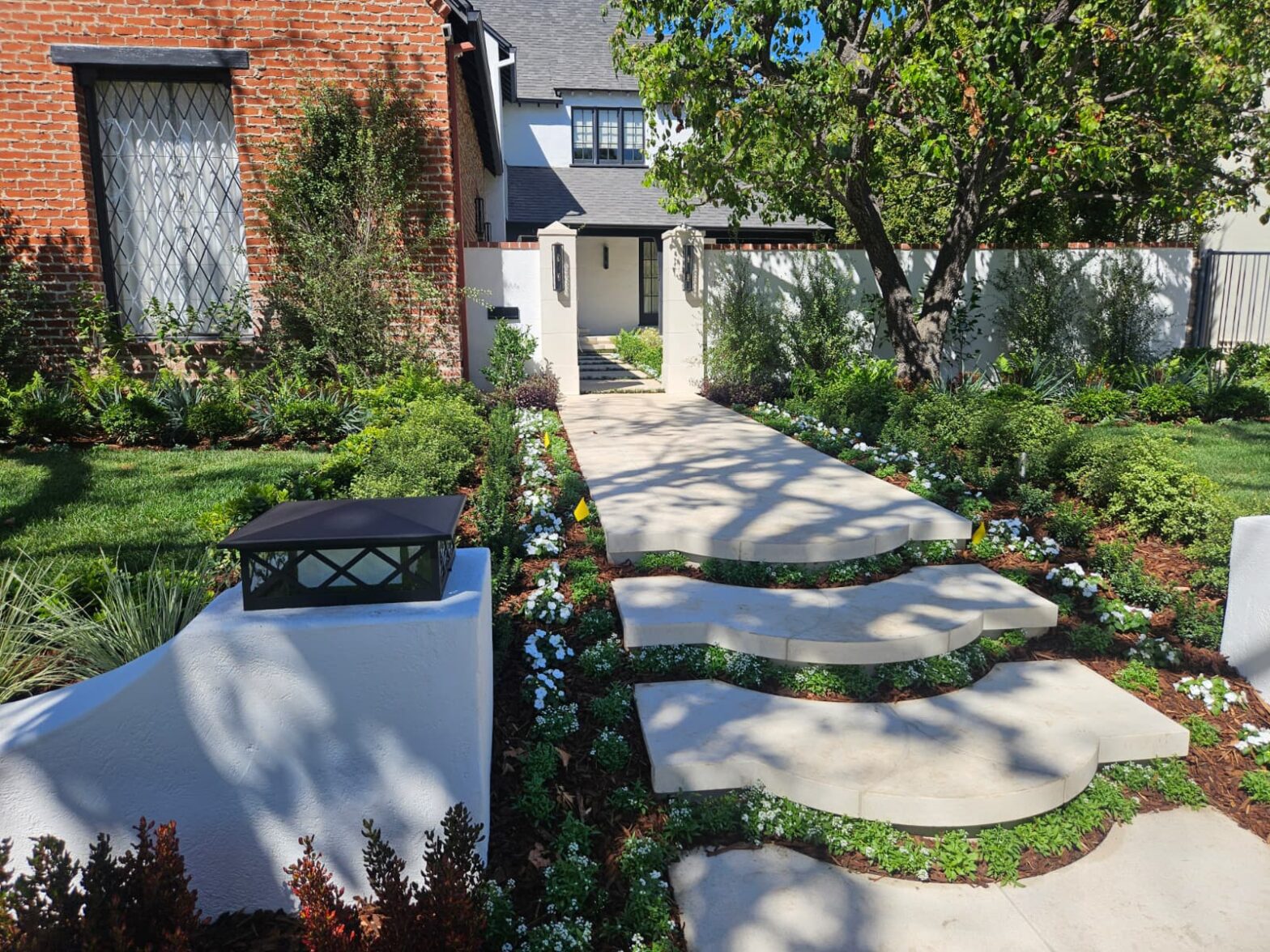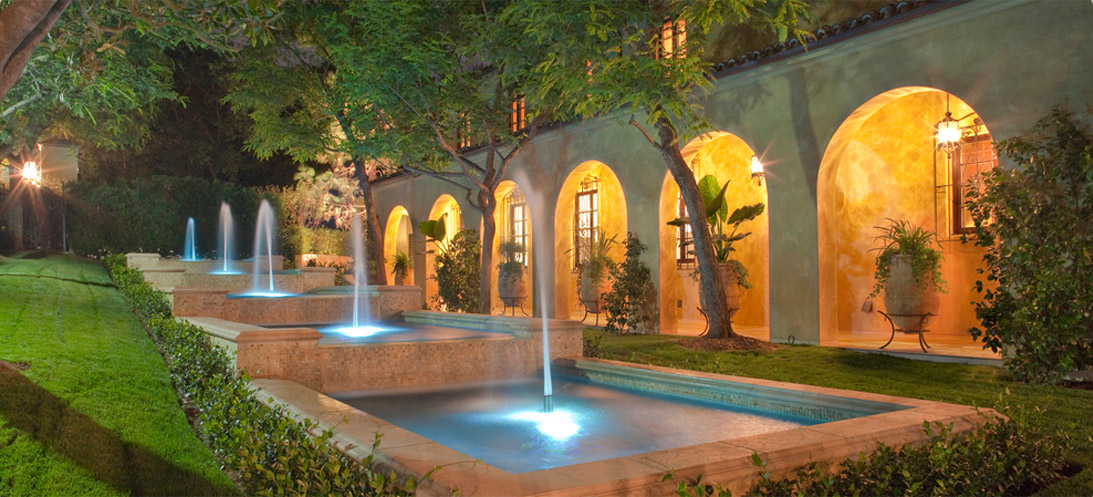
Las Vegas – the city is synonymous with glitz, glamour, and indulgence. Beyond its surface, the city is also noted for its architectural achievements; in fact, Las Vegas architecture is among the most eclectic in the United States. The city has a little bit of everything, and because the different architectural styles don’t compete, each building stands out. Standalone beauty is what Las Vegas architecture is all about.
Here are a few highlights of the architecture from this great city:
The Neon Museum: The La Concha Motel Visitor’s Center is an essential part of the museum and was designed by the renowned architect Paul Revere Williams in 1961. The building was relocated from its original site to the Neon Museum campus in 2006 to save it from demolition. The La Concha Motel Visitor’s Center is a stunning example of mid-century modern Googie architecture, so besides being unique, it also has a futuristic flare. The uniqueness of the building is its scallop-shaped cantilevered roof, which isn’t usually seen in sound, structurally safe architecture. Still, Mr. Williams is an architectural genius and made it happen. The Neon Boneyard is an outdoor exhibition that features a look at the city’s past told through 200 vintage neon signs.
The Bellagio Hotel and Casino: This gorgeous piece of Las Vegas architecture is known for its elegance and design. The inspiration is the Italian town of Bellagio. The property has an eight-acre lake between the building and Strip, and features the Fountains of Bellagio, its dancing water fountain complete with synchronized music. ADG was privileged to have worked its design magic at The Buffet at Bellagio. ADG has also worked at other notable Vegas restaurants and hotels, including the MGM Grand and Lupo by Wolfgang Puck at the Mandalay Bay Resort and Casino.
The Hoover Dam: The construction of the Hoover Dam took place during the Great Depression between 1931 and 1936. At its peak, it employed over 21,000 workers. The purpose of this dam was flood control, water storage used for irrigation, community use, and hydroelectric power. The Hoover Dam is massive – it is 726.4 feet in height and 1,244 feet in width.
The streamlined look of the Hoover Dam incorporates modernism with art deco elements, and is a collaboration from noted architect Gordon B. Kaufmann and artist Allen True. It includes decorative elements such as terrazzo floors, sculptures, and plaques that commemorate the construction and its impact on the region.
Learn how we can make your space come alive! Email us at info@adgmail.com or call us at 818-597-9494.
From the Jobsite
Stone and iron

by Gerald Olesker, CEO, ADG Lighting













